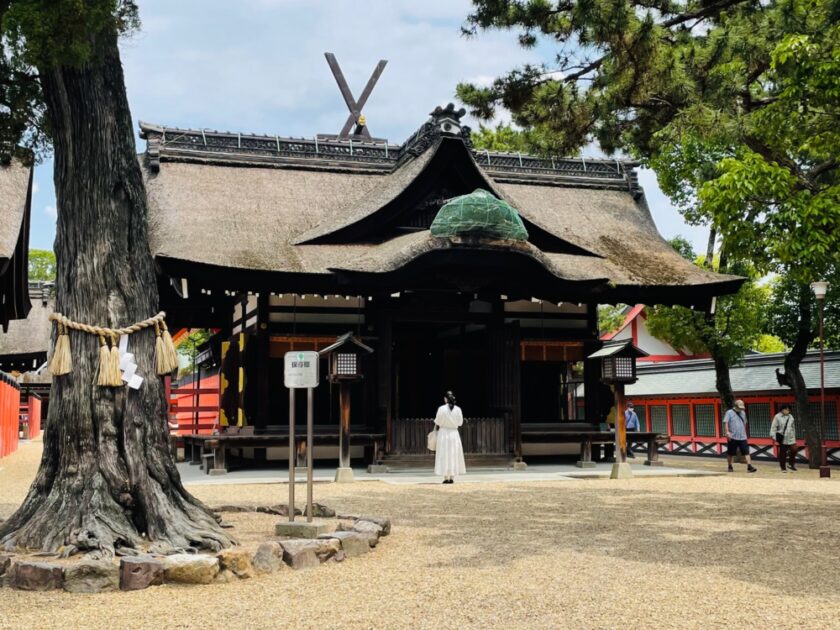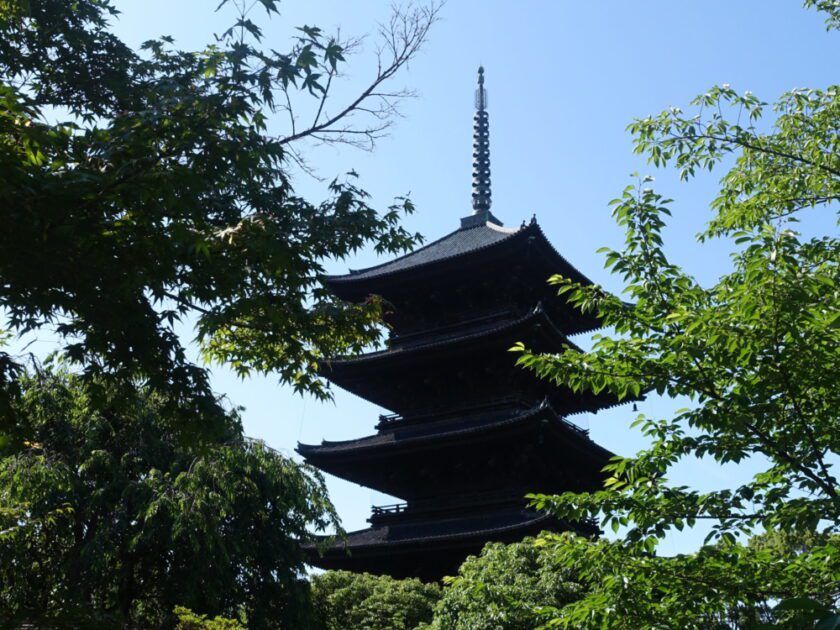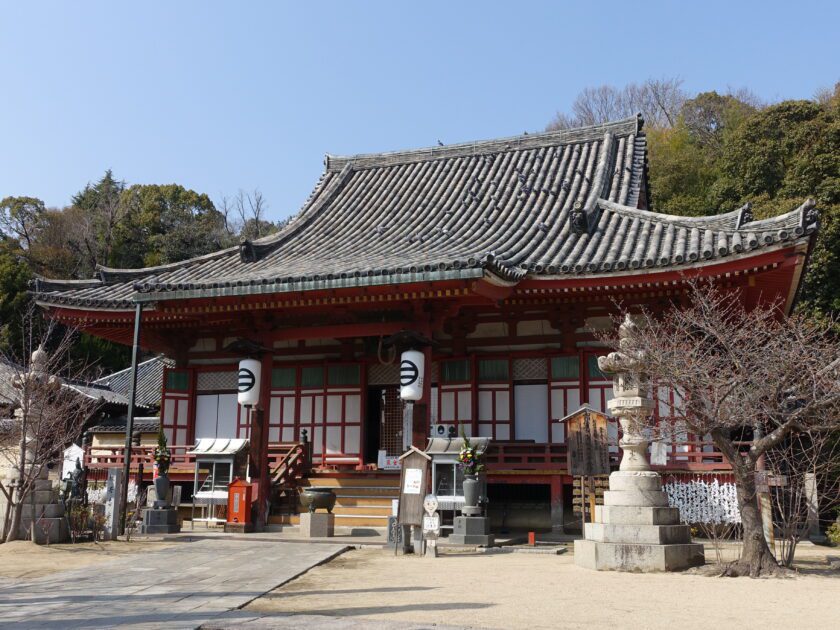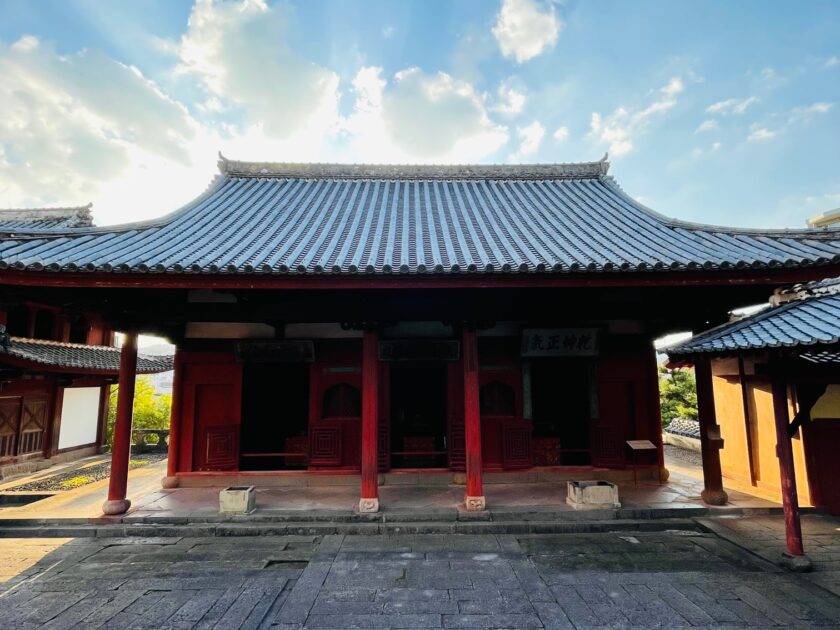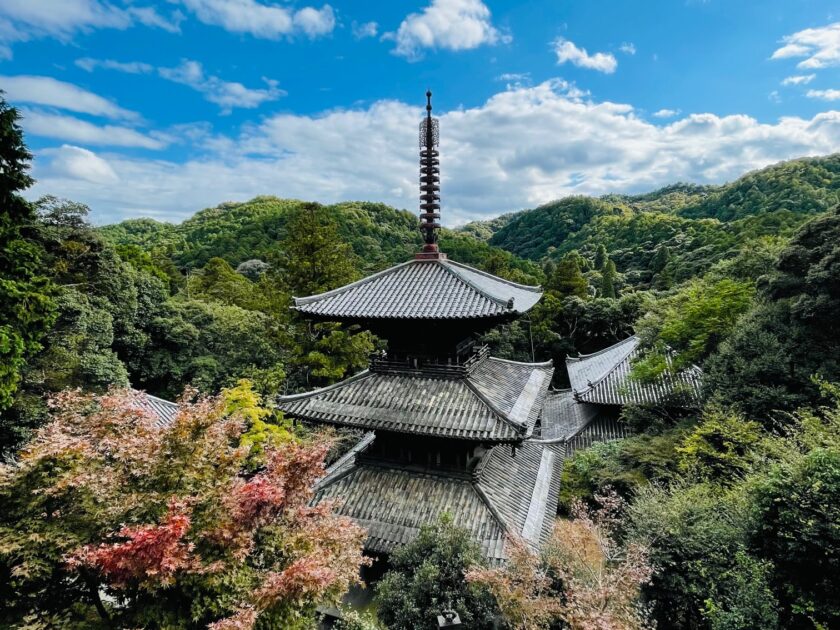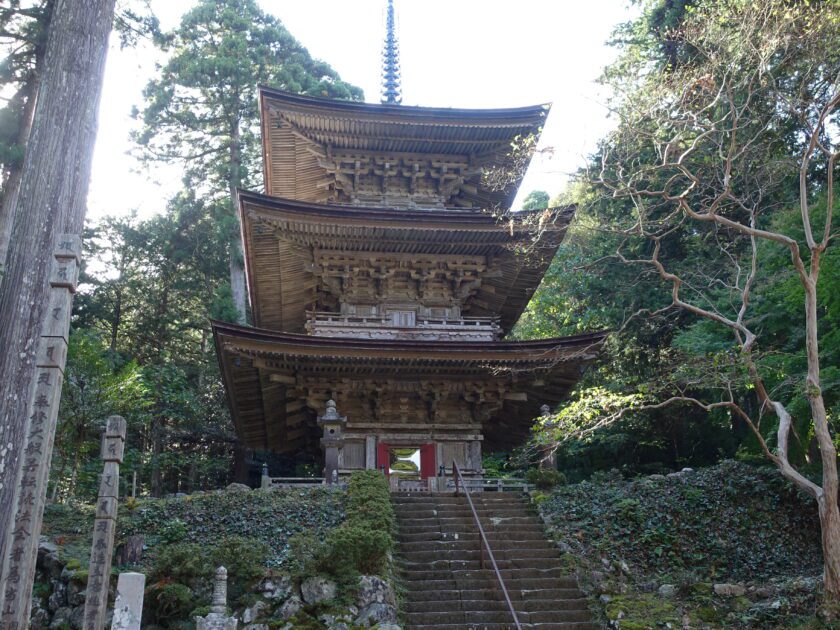Summary of June itinerary in Japan ( Osaka, Kyoto )
Summary of June itinerary in Japan ( Osaka, Kyoto ) I traveled to Osaka, Kyoto, and Aichi Prefectures from Wednesday, June 8 to Friday, June 10. On this trip, I was able to eat a lot of seasonal seafood and local cuisine such as sea bass and sweetfish, and visit wonderful sightseeing spots such as world heritage sites, national treasures, and national important cultural properties. I strongly recommend that you travel in June, especially in Osaka, Kyoto, and Aichi Prefectures, which are not suitable for travel in July and August due to the extremely hot weather. Here is a summary of our trip and some notes. Table of contents 1.”100 best of local dishes” and “Local dishes loved by the nation” by this itinerary in Japan 2. Seasonal “PRIDE FISH” by this itinerary in Japan 3. Travel precautions for itinerary in Japan 4. Travel in a light style 5. June 8 (Wednesday) Day 1 6. June 9 (Thursday) Day 2 7. June 10 (Friday) Day 3 Again, each time, this itinerary was also created with the objective of “eating all the seasonal seafood and local cuisine”. Food is the first priority, and sightseeing spots are second. Nevertheless,

